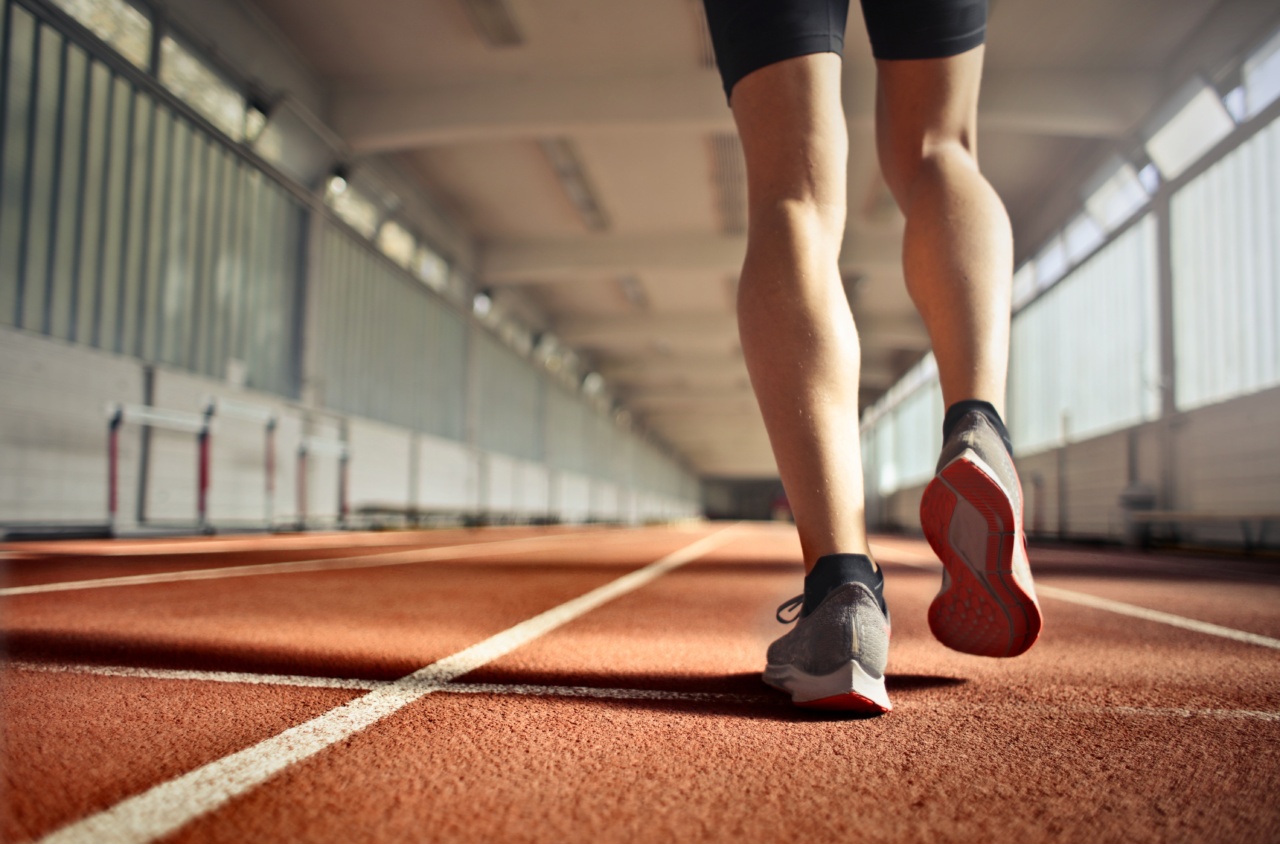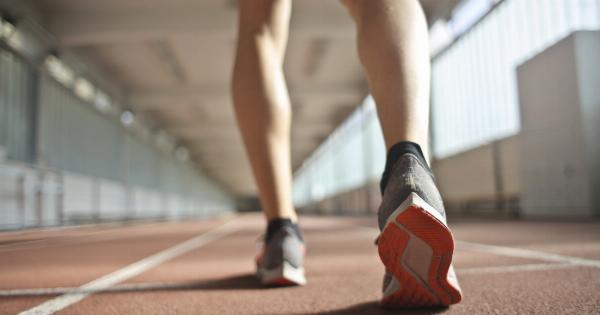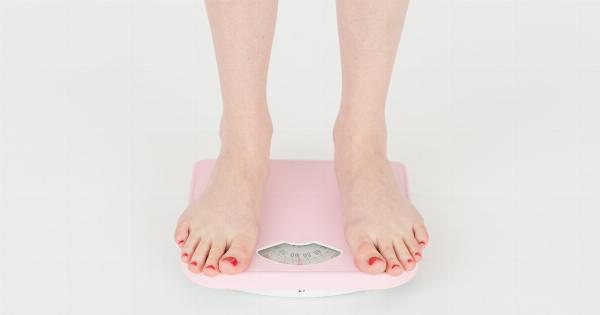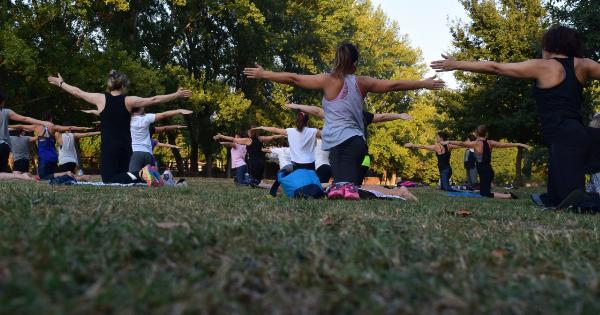Leg cramps can be an incredibly painful and uncomfortable experience. They are often characterized by sudden muscle contractions in the leg, which can last for a few seconds to several minutes.
Leg cramps can occur during physical activity or rest, and while they typically resolve on their own, they can significantly impact your quality of life.
Thankfully, there are several steps you can take to avoid leg cramps and improve your overall leg health. In this article, we will discuss ten helpful tips that can help alleviate leg cramps and prevent them from occurring in the first place.
1. Stay Hydrated
Dehydration is a common trigger for leg cramps. When your body lacks sufficient fluids, it can disrupt the balance of electrolytes in your muscles, leading to cramping.
To prevent leg cramps, make sure to drink an adequate amount of water throughout the day. Aim for at least eight glasses of water daily, and increase your intake if you engage in intense physical activity or live in a hot climate.
2. Stretch Regularly
Proper stretching plays a vital role in preventing leg cramps. Regular stretching exercises help improve flexibility, increase muscle strength, and enhance blood circulation.
Focus on stretching your calf muscles, as tight or inflexible calves are particularly prone to cramping. Try performing calf stretches before and after exercise, as well as before bedtime, to reduce the likelihood of leg cramps.
3. Engage in Regular Exercise
Regular exercise not only strengthens your muscles but also helps prevent leg cramps. By keeping your leg muscles active and engaged, you reduce the risk of experiencing cramps.
Aim for a well-rounded exercise routine that includes cardiovascular activities, strength training, and flexibility exercises. Low-impact exercises like walking, swimming, and cycling can be particularly beneficial for improving leg health.
4. Maintain a Balanced Diet
A balanced diet rich in essential nutrients can contribute to overall leg health and help prevent leg cramps. Make sure to include foods that are high in potassium, calcium, and magnesium in your meals.
These minerals play a crucial role in muscle function and can help prevent muscle spasms and cramping. Good dietary sources of potassium include bananas, oranges, spinach, and avocados. Dairy products, leafy greens, and nuts are excellent sources of calcium and magnesium.
5. Stay Warm
Exposure to cold temperatures can increase the likelihood of experiencing leg cramps. When your muscles get cold, they become less flexible, making them more susceptible to cramping.
If you live in a cold climate or are engaging in outdoor activities during the colder months, make sure to keep your legs adequately warm. Wear appropriate clothing, such as thermal leggings or leg warmers, and consider using heating pads or warm compresses before physical activity.
6. Wear Proper Footwear
Wearing ill-fitting or unsupportive footwear can contribute to leg cramps. Invest in comfortable shoes with proper arch support to ensure that your feet and leg muscles are adequately supported.
Avoid wearing high heels for extended periods, as they can strain your calf muscles and increase the risk of cramping. If you engage in strenuous physical activities or sports, consider using appropriate athletic shoes that provide stability and cushioning.
7. Improve Blood Circulation
Poor blood circulation can increase the likelihood of leg cramps. To improve circulation, try elevating your legs whenever possible, especially when sitting or lying down for long periods.
Avoid crossing your legs for prolonged durations, as it can impede blood flow. Regular exercise and gentle leg massages can also promote healthy blood circulation and reduce the risk of leg cramps.
8. Consider Supplements
In some cases, taking supplements can help prevent leg cramps. Certain minerals like magnesium and calcium, as well as vitamins such as vitamin D, can aid in muscle function and prevent cramping.
However, it’s important to consult with your healthcare provider before starting any new supplements to ensure they won’t interfere with any existing medications or health conditions.
9. Manage Underlying Conditions
Leg cramps can sometimes be a symptom of underlying health conditions such as peripheral artery disease or nerve damage.
If you frequently experience leg cramps without an apparent cause, it’s essential to consult with a healthcare professional to rule out any underlying conditions. Managing and treating the root cause can help alleviate leg cramps and improve your overall leg health.
10. Use Natural Remedies
Several natural remedies can help alleviate leg cramps and promote overall leg health. Applying heat packs or warm towels to the affected area can help relax the cramped muscles and provide relief.
Epsom salt baths are also known to be beneficial for muscle relaxation and reducing cramping. Additionally, herbal supplements such as chamomile, valerian root, and passionflower may help ease muscle tension and prevent leg cramps. However, always research and consult a healthcare professional before trying any new natural remedies.
By incorporating these ten tips into your daily routine, you can effectively avoid leg cramps and improve your leg health.
Remember to stay hydrated, stretch regularly, engage in regular exercise, maintain a balanced diet, and consider supplementary measures when necessary. With proper care and precaution, you can minimize the occurrence of leg cramps and enjoy improved overall leg function.






























